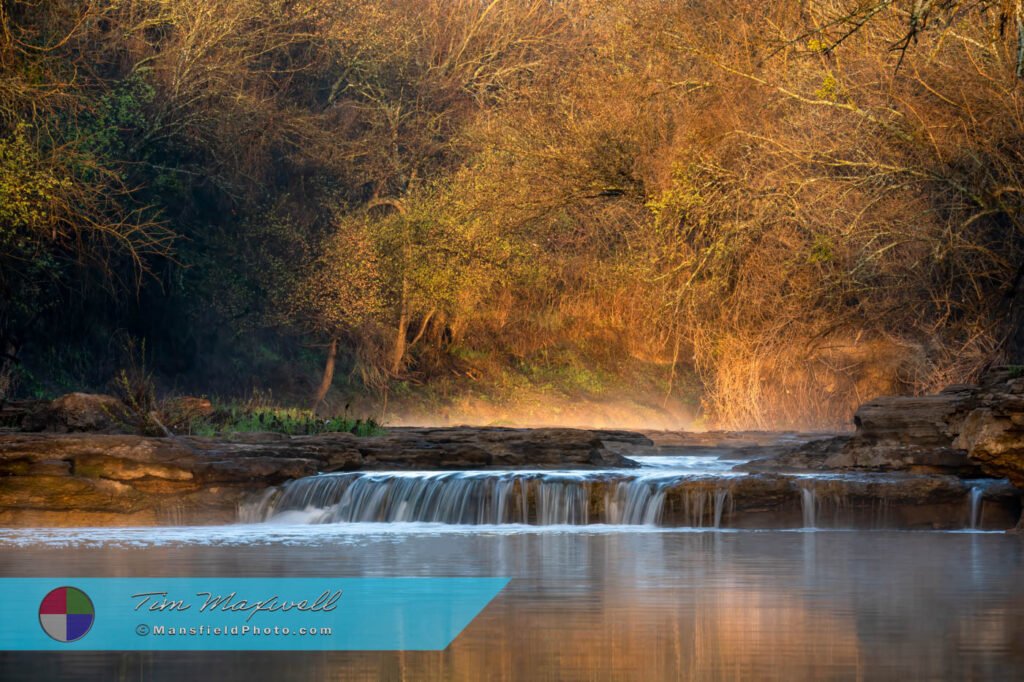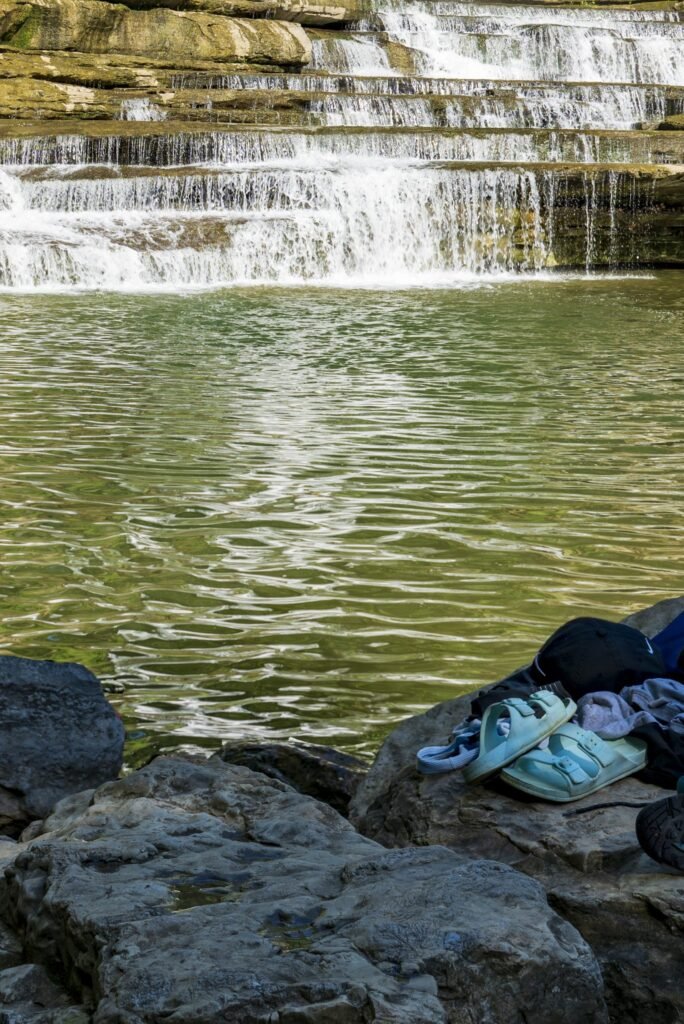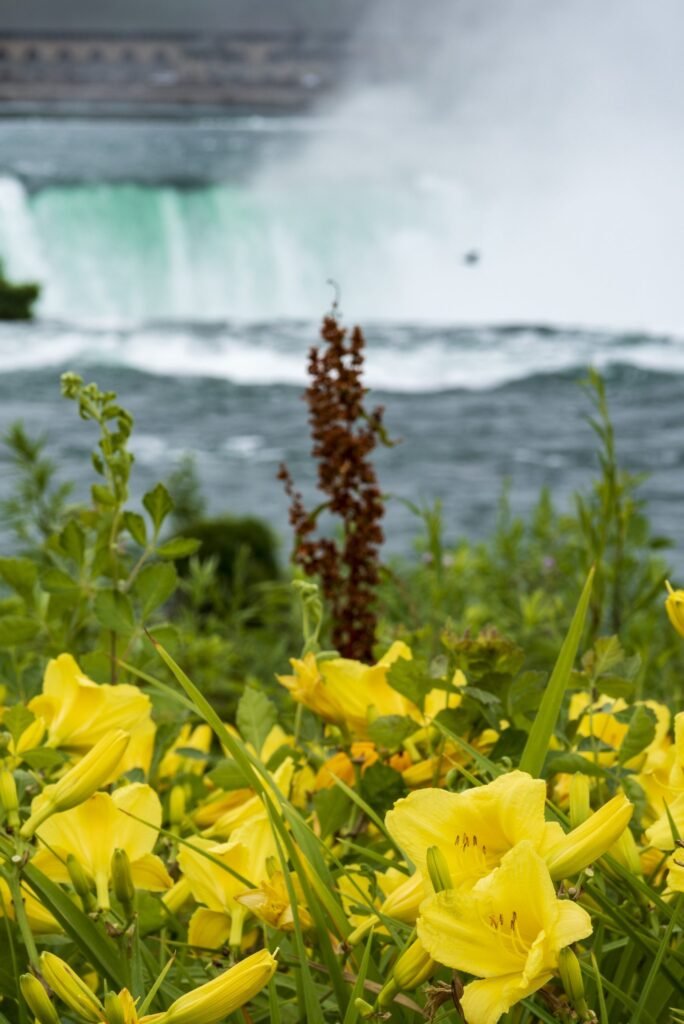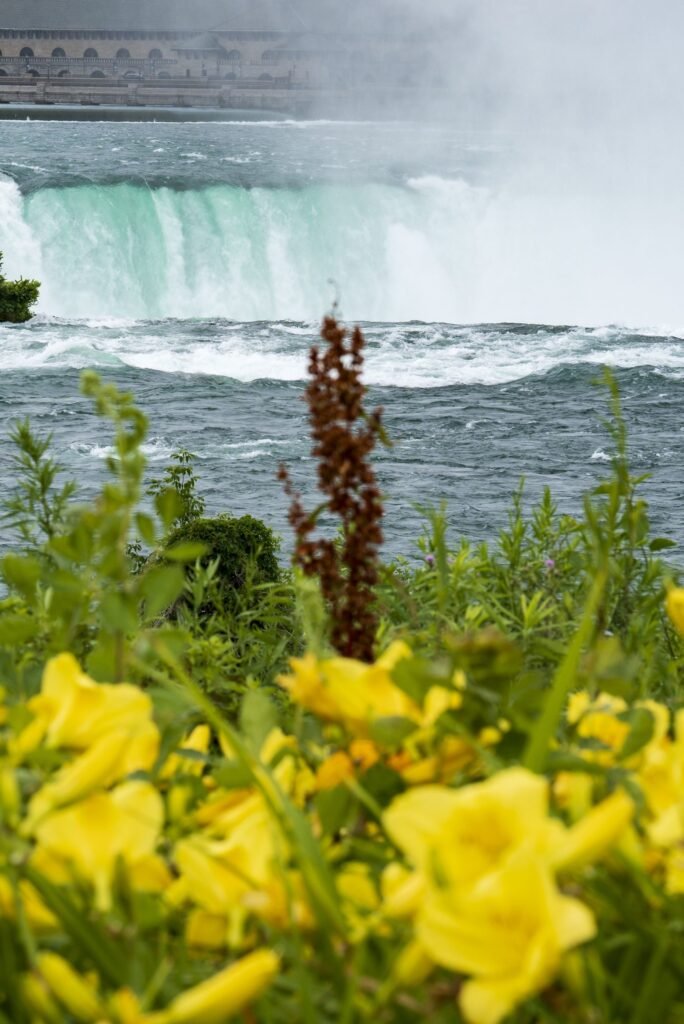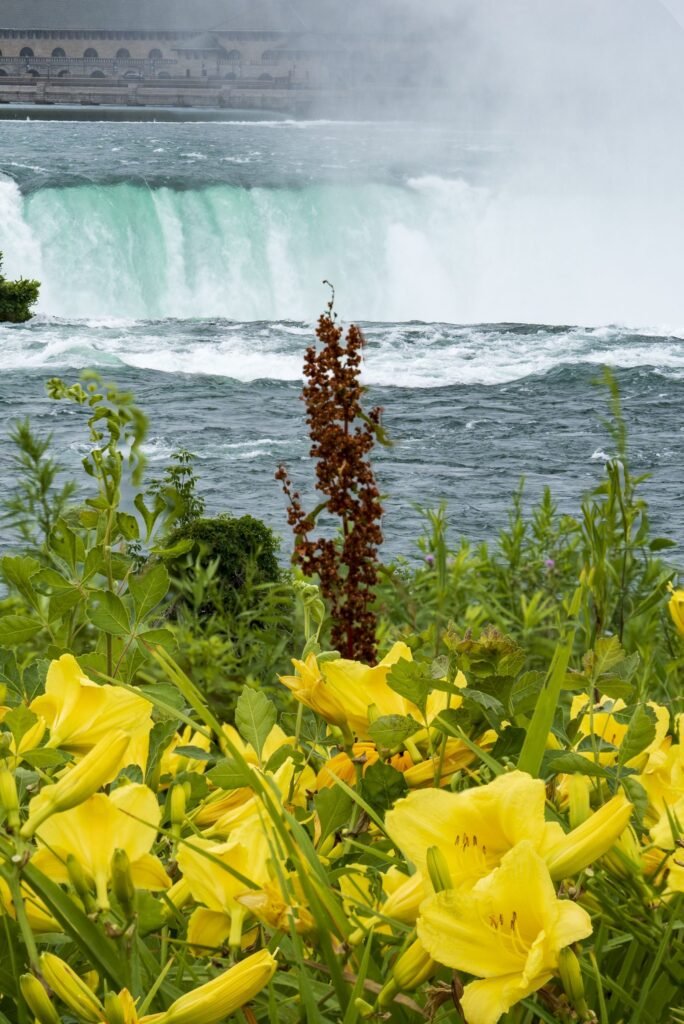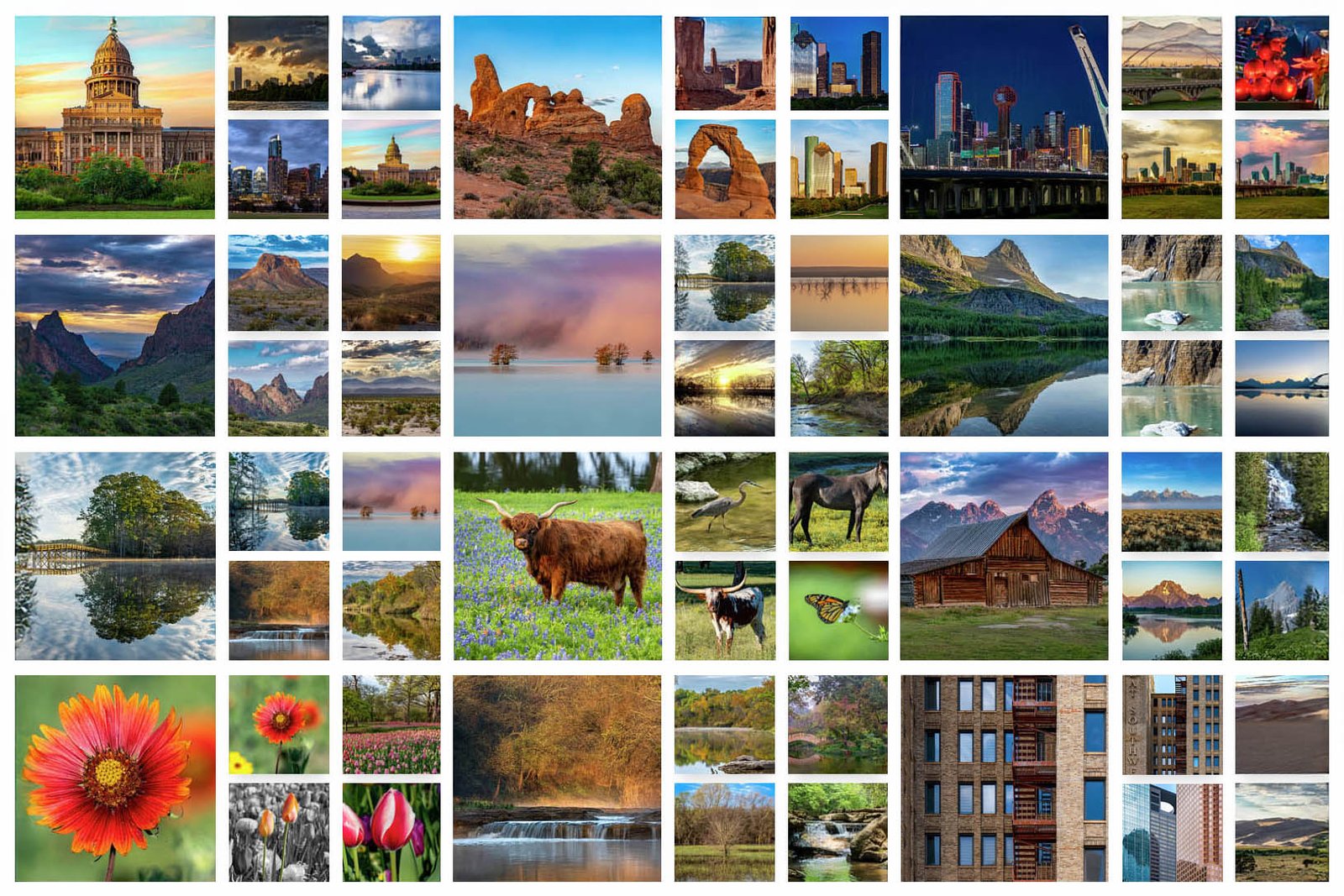Focus stacking is a powerful technique in photography that lets you achieve incredible sharpness across an entire image, even when photographing scenes with elements near and far. Here’s a closer look at what it is, how it works, and why photographers use it.
What is Focus Stacking?
Focus stacking combines several images taken at different focal points in a scene, creating one sharply detailed final photo. Each shot in the sequence focuses on a different part of the composition—from the closest foreground detail to the farthest background. Later, these images are merged in post-processing, keeping only the sharpest parts of each shot to produce a single image with a broader depth of field.
Why Use Focus Stacking?
When we look across a landscape our eyes naturally adjust focus, making everything appear sharp. This ability to see everything sharply is similar to the concept of depth of field in photography. Depth of field (DOF) refers to the range of distance in a photograph that appears acceptably sharp. To a person looking at a landscape with a large depth of field, objects from foreground to background all appear in focus as the eyes continually adjust focus. However, in photography, creating such depth of field with a single shot can sometimes be difficult, especially in scenes with both close and distant elements.
Focus stacking solves this problem by allowing photographers to take multiple shots at different focal points and blend them together. This technique is especially useful in landscape and macro photography, where achieving sharpness across the entire scene is critical to capturing all the fine details.
Understanding Depth of Field and the Relationship with F-Stops
Depth of field is closely related to the camera’s aperture, which is controlled by the F-stop setting. The F-stop controls how wide or narrow the lens aperture is, affecting how much light enters the camera and the range of sharp focus. Higher F-stops (like F11 or F16) narrow the aperture, which allows less light in but increases the depth of field, enabling more of the scene to be in focus.
Landscape photographers often prefer high F-stops when capturing wide, detailed scenes because the increased depth of field allows them to achieve sharpness across the image with one shot in many cases. When one shot cannot achieve the resullts, higher F-stops still allow for fewer images needed in a focus stack. This approach can simplify the focus-stacking process, as fewer images are needed to capture the full range of detail across both foreground and background.
How Does Focus Stacking Work?
Using a tripod for stability in most cases, the photographer captures several images of the same scene, each focusing on a different area. In post-processing, editing software combines the images, blending the sharply focused areas into one cohesive, detailed photograph. This results in a final image that feels immersive and lifelike, with every part of the frame in focus.
Now, let’s look at some simple focus stack examples.
Example #1:
Our first example presents a cut-away from Cummins Falls. The final composition here employs a two-image focus stack. In the first image, the rugged rocks in the foreground have a soft blur, while the waterfall in the background emerges in crystal-clear focus. In the second image, the rugged rocks in the foreground are sharp, while the waterfall (with the people) in the background is noticeably blurry.
By combining the foreground of image #1 and the background of image #2, we have a final image that is in focus!
Example #2
Let’s look at another example of focus stacking—this time at Niagara Falls. When we started this composition, we knew it wasn’t going to be a a ‘keeper’, but it is a great example of the more complex side of focus stacking.
In this case, two unique challenges popped up:
- Nature’s Subtle Movements: A light breeze caused slight shifts in the plants we were photographing. To our eyes, the movements were barely noticeable, but up close in the images, flowers and branches had shifted just enough to complicate the stacking process.
- Close-Up Perspective: The camera was positioned close to the foreground, making it necessary to take three different shots to bring everything into focus. The first focused on the lilies in the foreground, the second on plants just behind them, and the third on the background foliage and waterfall.
For blending these images, we used Photoshop, which handled most of the heavy lifting. The result turned out well, but it’s not perfect. A slight blur remains on / in-between some leaves in the center of the image—a detail that would need refining, if this were for our top portfolio. We’ve chosen not to devote further hours to its refinement, as was anticipated when taking the image.
The takeaway? Focus stacking can be quick and straightforward, or it can demand time and precision, depending on the scene’s complexity and desired level of detail.
Images Used (3) for Focus Stack
A Technique for Stunning Results
Focus stacking may take a bit of time and precision, especially with complex scenes, but the results can be extraordinary. By capturing every detail, focus stacking creates images that draw viewers in, allowing them to experience the scene as if they were there themselves. For photographers, it’s a way to showcase a scene’s true depth and beauty, taking their work to the next level.

